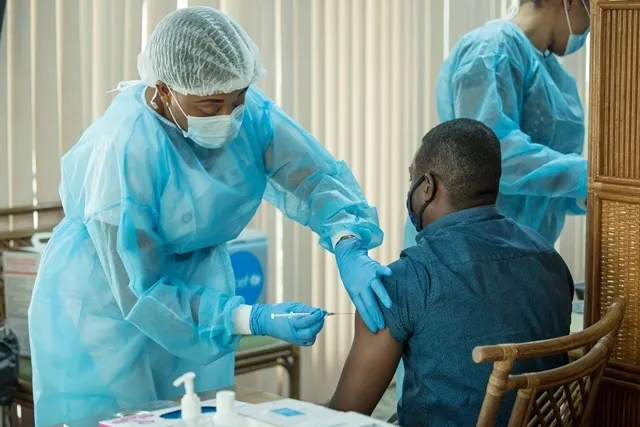Close

Since 2020, Region 3 (Essequibo Islands–West Demerara) has undergone significant improvements in healthcare delivery with the opening of five new rural health centers. These facilities, located in communities such as Wakenaam, Leguan, and other riverine areas, are part of a deliberate strategy to close longstanding gaps in access and ensure that modern healthcare is available to even the most remote populations. This initiative demonstrates the Guyanese Government’s commitment to equitable, people-centered development.
Previously, residents of Wakenaam and Leguan often had to endure long, sometimes risky boat journeys to reach the West Demerara Regional Hospital or clinics on the mainland. The new health centers mean services—including maternal care, vaccinations, management of chronic conditions, and basic emergency treatment—are now available closer to where people live. According to the Ministry of Health, over 15,000 people in Region 3 now benefit from this expanded local access (Ministry of Health, 2024). In Wakenaam alone, the local center now serves about 800 patient visits each month, reducing strain on central hospitals and delivering faster care.
These investments are not isolated achievements but are part of the Health Sector Strategy 2021–2025, which focuses on expanding primary care, decentralizing services, and strengthening the health workforce. To ensure the new centers are well-staffed, the government has introduced incentives to attract and retain nurses, medexes, and other professionals willing to serve in remote areas (Health Sector Strategy Report, 2023).
Partnerships have also played a key role. Collaborations with agencies like PAHO/WHO have supported better diagnostic capacity and reliable pharmaceutical supplies in rural clinics (PAHO Guyana Country Cooperation Strategy, 2022). Such improvements mean that communities long left behind now enjoy services once only available in urban centers.
These new health centers are more than buildings—they represent a new approach to governance that values inclusion, dignity, and the right to health for all. From planning to delivery, the focus has been on meeting people where they are, breaking down barriers of distance and inequality.
This is what real progress looks like: a promise fulfilled, lives improved, and a Region 3 that can now look forward to healthier, more secure futures.

The Guyana Project is an independent media platform delivering fact-checked, ground-level reporting on politics, economy, and public life in Guyana. With a focus on transparency and development, we bring unfiltered news and thoughtful analysis to help shape a more informed, forward-looking nation.


Lorem Ipsum is simply dummy text of the printing and typesetting industry. Lorem Ipsum has been the industry’s standard dummy text ever since the 1500s, when an unknown printer took a galley of type and scrambled it to make a type specimen book. It has survived not only five centuries, but also the leap into electronic typesetting, remaining essentially unchanged. It was popularised in the 1960s with the release of Letraset sheets containing Lorem Ipsum passages, and more recently with desktop publishing software like Aldus PageMaker including versions of Lorem Ipsum.
t is a long established fact that a reader will be distracted by the readable content of a page when looking at its layout. The point of using Lorem Ipsum is that it has a more-or-less normal distribution of letters, as opposed to using ‘Content here, content here’, making it look like readable English. Many desktop publishing packages and web page editors now use Lorem Ipsum as their default model text, and a search for ‘lorem ipsum’ will uncover many web sites still in their infancy. Various versions have evolved over the years, sometimes by accident, sometimes on purpose (injected humour and the like).
Contrary to popular belief, Lorem Ipsum is not simply random text. It has roots in a piece of classical Latin literature from 45 BC, making it over 2000 years old. Richard McClintock, a Latin professor at Hampden-Sydney College in Virginia, looked up one of the more obscure Latin words, consectetur, from a Lorem Ipsum passage, and going through the cites of the word in classical literature, discovered the undoubtable source. Lorem Ipsum comes from sections 1.10.32 and 1.10.33 of “de Finibus Bonorum et Malorum” (The Extremes of Good and Evil) by Cicero, written in 45 BC. This book is a treatise on the theory of ethics, very popular during the Renaissance. The first line of Lorem Ipsum, “Lorem ipsum dolor sit amet..”, comes from a line in section 1.10.32.